Tone Down The Shine But Increase The Glow: Derm-Approved Oily Skin Tips
Because your skin deserves a tailored routine.

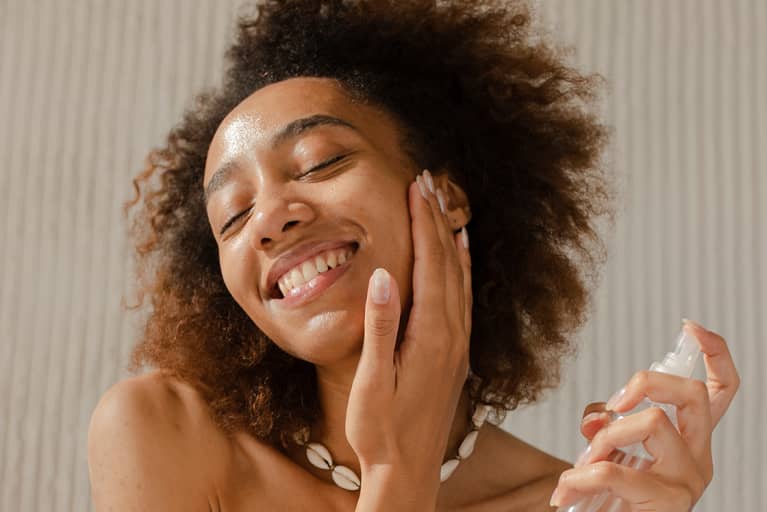
Our editors have independently chosen the products listed on this page. If you purchase something mentioned in this article, we may earn a small commission.
October 19, 2022 — 12:01 PM
If you reach for oil blotting sheets or frequent powder touch-ups, you just might have oily skin. While mattifying makeup may help eliminate excess shine, there's actually a whole lot you can do with skin care alone to regulate your skin’s oil production.
Skin care routines may have similar steps from person to person (you know the drill: wash, hydrate, SPF), however the products used should be tailored to your skin type. To save you time, we’ve asked dermatologists for the best routine for oily skin.
To follow, an expert-approved, step-by-step routine for oily skin and a few winning products to get you started.
Step 1: Remove makeup + SPF.
As with any evening skin care routine, you must remove your makeup and SPF before going in for a deeper cleanse. “All skin types can benefit from oil cleansing, as oil cleansers work by gently lifting off dirt, debris, and makeup, without harming the skin," organic esthetician Katie Sobelman once told mbg.
If you have oily acne-prone skin, you’ll want to opt for a noncomedogenic oil. A few grade-A options include jojoba oil, rosehip oil, hemp seed oil, evening primrose oil, sea buckthorn oil, tea tree oil, grapeseed oil, and tamanu oil.
If oil cleansers just aren’t your thing, opt for micellar water and a reusable cotton pad instead.
Shop these products:
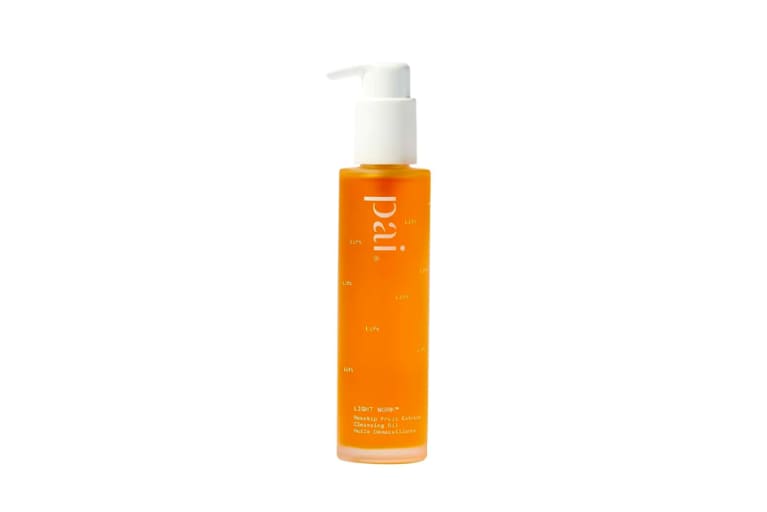
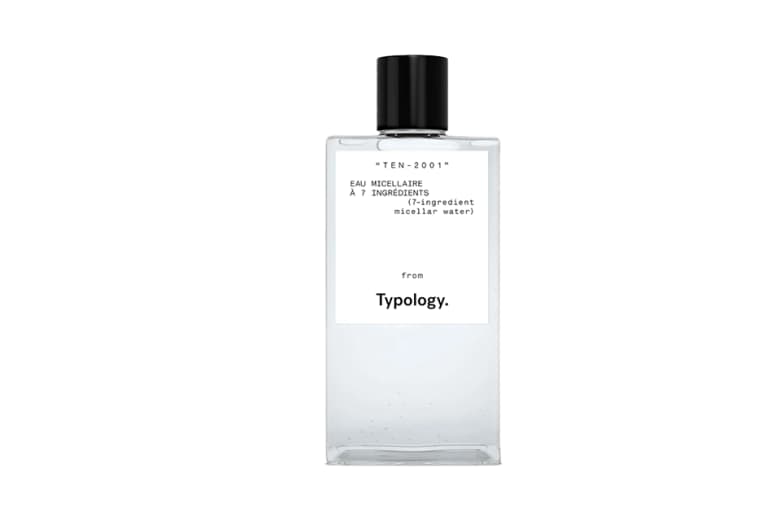
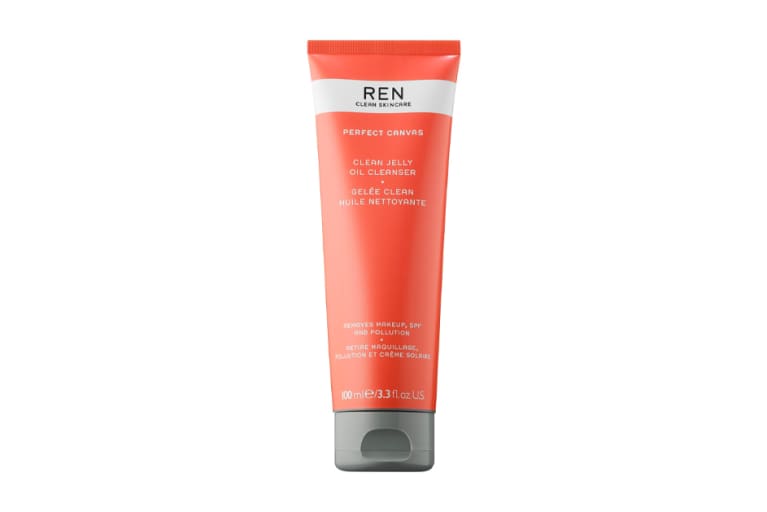
Now you can move on to a deeper cleanse. Oily skin will benefit from an active cleanser, specifically, “if you have oily, acne-prone skin and you’re dealing with breakouts and clogged pores,” board-certified dermatologist Whitney Bowe, M.D., FAAD tells mbg.
Cleansers with salicylic or glycolic acid are preferable, board-certified dermatologist Jeremy Fenton, M.D. tells mbg. “These not only help to exfoliate the skin but also help to control oil,” he explains.
Shop these products:
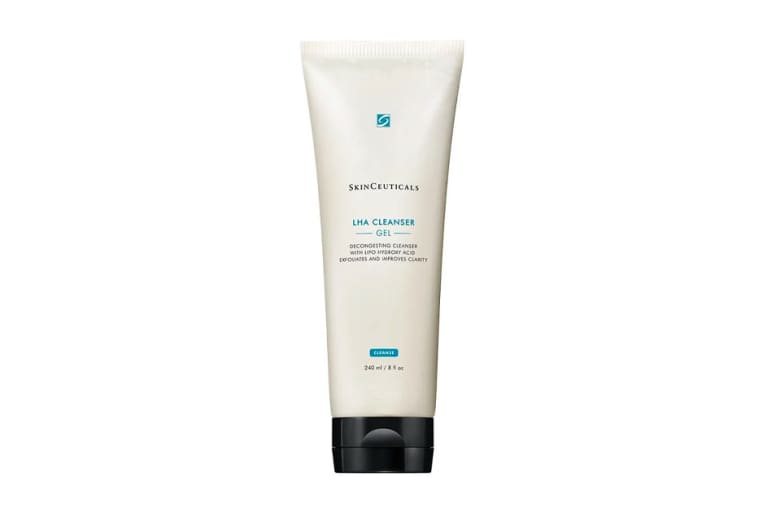
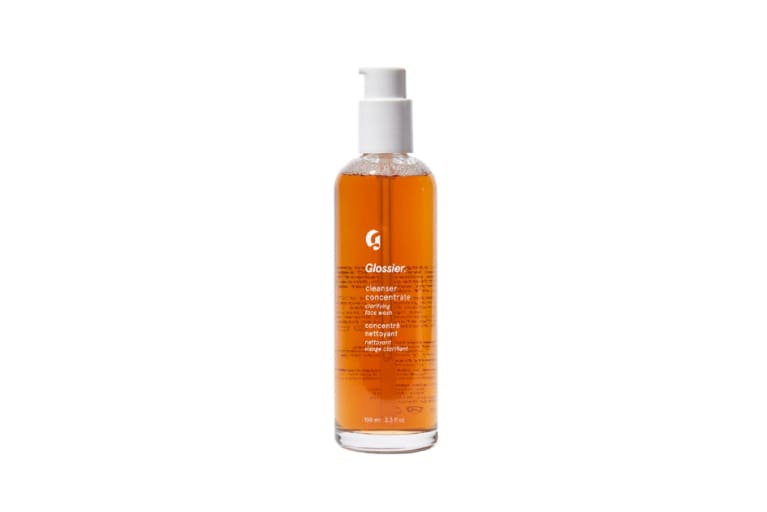
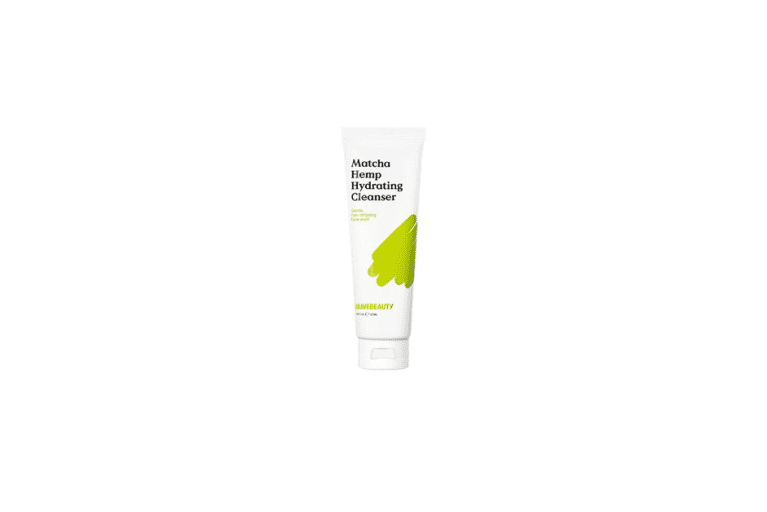
Step 3: Toner or essence.
Let’s be clear—toners aren’t a necessity when it comes to basic skin care. That being said, if you want to add a toner as an extra step, then you’ll have to decide between an astringent, an essence, or a classic toner.
Astringents like witch hazel will help to minimize excess oil. That being said, if you’re using other oil-control products throughout the routine, you may opt for a hydrating toner or essence to restore moisture instead. Why? Oil control is all about balance, and if you strip your skin too much it may spur your skin into producing more sebum. Kind of the opposite effect of what we're trying to get here, no?
If you get oily in the T-zone only (i.e. have combination skin), then using an astringent toner in that area only may be a more strategic choice. This way you’ll get the benefit of an astringent where you need it and prevent drying out other areas on the face.
Shop these products:
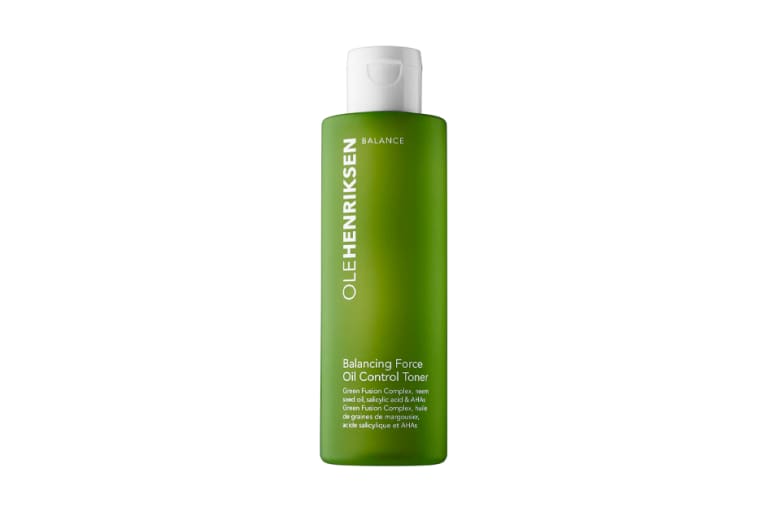
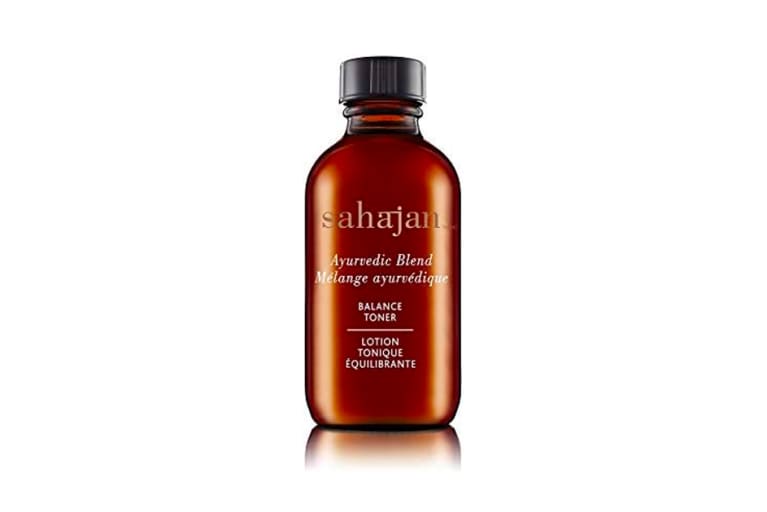
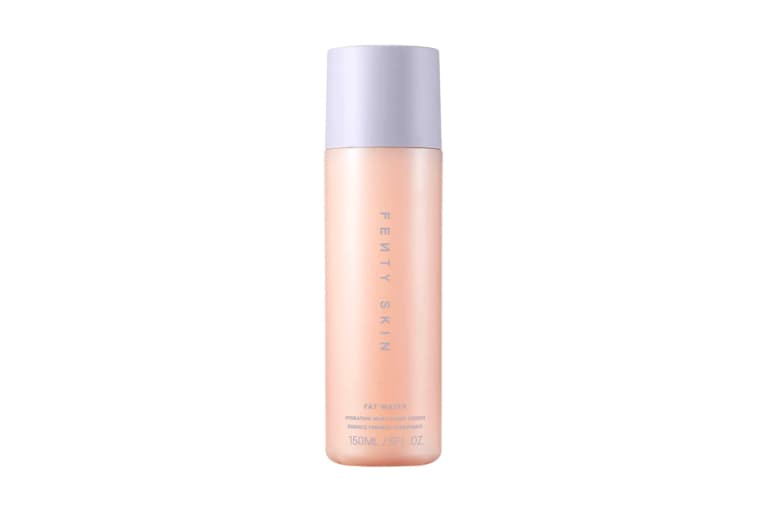
Here’s where the magic happens. While you won’t want to use retinol and exfoliants on the same evening, they will both come in handy for those with oily skin when used in a cyclical routine (yes, we’re talking about skin cycling).
On the evenings you choose to exfoliate, pick your acids wisely. “Glycolic and salicylic acid are great exfoliants for oily skin,” Fenton explains. Salicylic acid in particular may be a better choice for those with oily and acne-prone skin. “This beta hydroxy acid is oil-soluble allowing it to penetrate deep into pores unclogging them,” board-certified dermatologist Ramya Garlapati, M.D. explains.
One perk of having oily skin is that you may tolerate retinol products better than those with dry skin. Not only will you reap the benefits of retinol for healthy skin aging, but you’ll also get the added bonus of reducing excess oil production, Fenton says.
If you have oily and acne-prone skin, you may want to go for something a bit stronger—like retinaldehyde or prescription-grade retinoids like tretinoin or Tazorac. Be sure to consult your dermatologist if your breakouts aren’t easing up with your over-the-counter skin care products.
Shop these products:
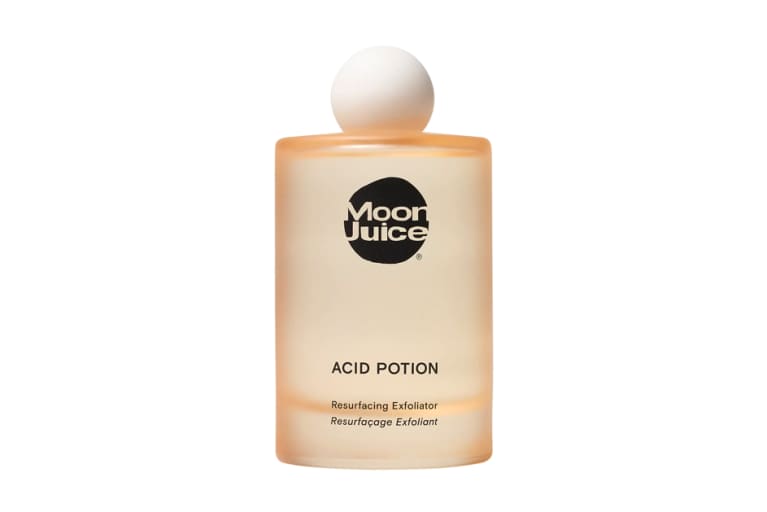
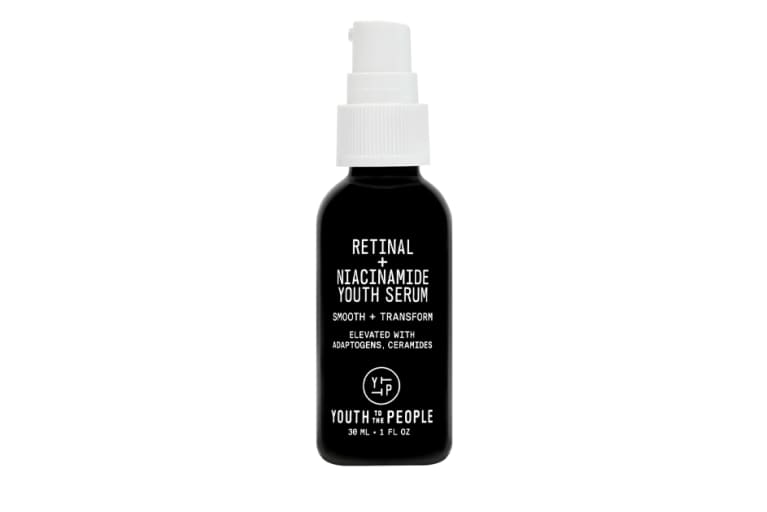

Even the oiliest of skin needs a moisturizer—don’t believe the false narrative that your sebum will suffice as a hydrator. That being said, it’s important to pick a moisturizer designed for your skin type to avoid pore-clogging or excess shine. The simple answer: Gel or gel creams over heavy-duty moisturizers.
“Gels or gel creams have a higher water content and are usually oil-free and are quickly absorbed into the skin,” Garlapti says. On the flip side, creams are generally oil-based and will leave the skin feeling a bit greasy–which is why they’re ideal for dry skin instead.
A few hero ingredients to look for in your oily skin moisturizers include:
Shop these products:
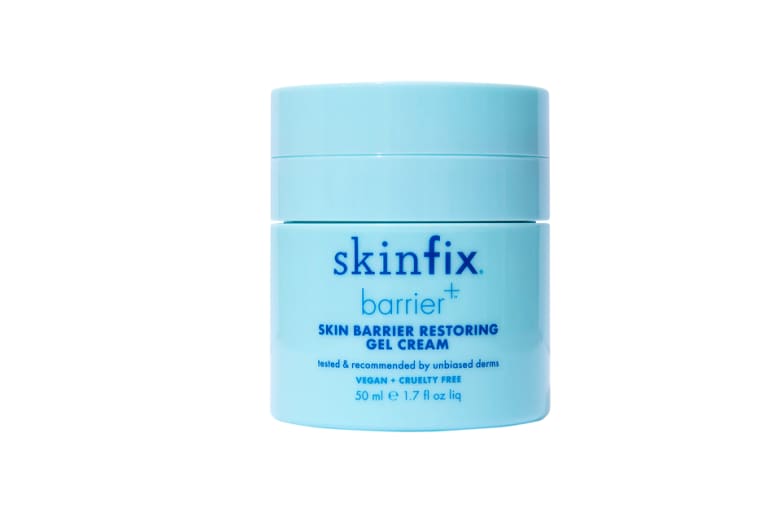
SkinFix
Barrier+ Skin Barrier Niacinamide Restoring Gel Cream
Barrier+ Skin Barrier Niacinamide Restoring Gel Cream
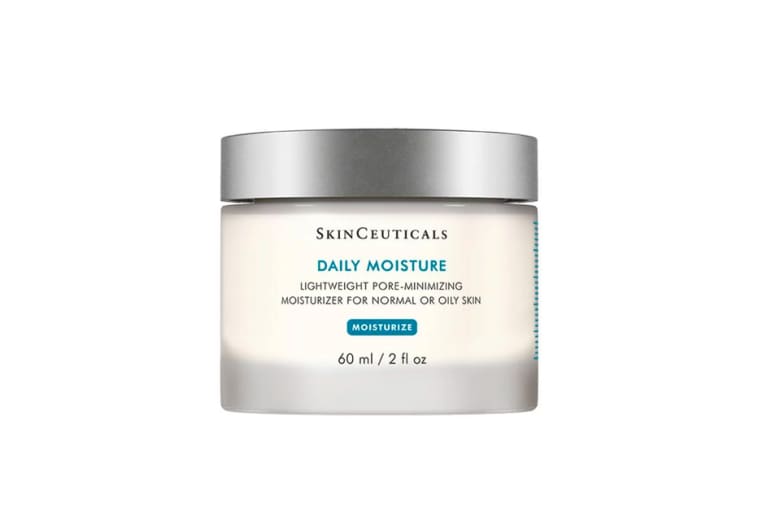
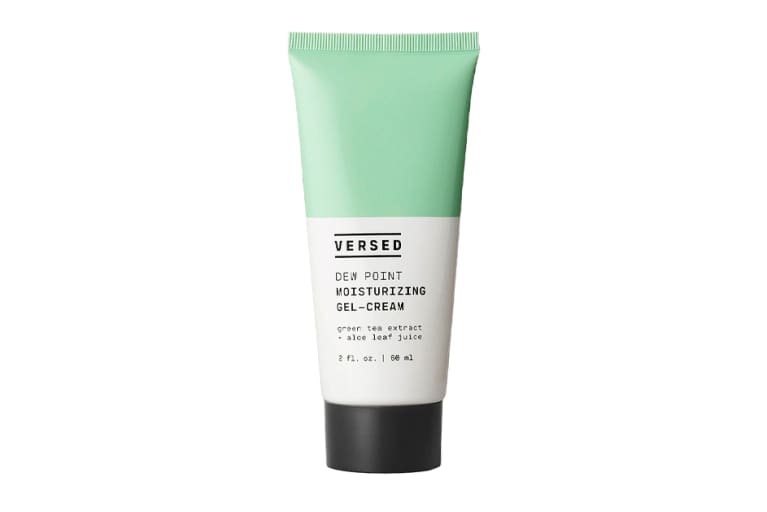
Lots of folks with acne-prone or oily skin complain that sunscreens only further clog their pores or make their skin appear shinier. Not to fear, newer SPF options on the market are specifically designed for this skin type: When it comes to SPF, you’ll want to look for a lightweight, oil-free product to mitigate a greasy feel post-application as well. Check out our favorite sunscreens for acne-prone skin.
How to determine if you have oily skin.
The quickest way to determine whether your skin is oily, dry, or somewhere in the middle is to wash your face and let it sit for about 30 minutes. If your skin feels oily to the touch, that’s a surefire sign you have oily skin.
“For the most part, those with oily skin will be able to wash their face several times per day and not have issues with dry skin,” Fenton explains. This doesn’t mean you should wash your face more than twice a day, but the fact that your skin doesn’t dry out speaks volumes.
FAQ:
Should you use oil-free products if you have oily skin?
“Since those with oily skin are more prone to breakouts it's best to opt for products that are oil-free,” Garlapti says. If you do choose a product with oils in it, be sure it’s one of the non-comedogenic oils listed above.
How often should you exfoliate if you have oily skin?
“Oily skin types should exfoliate 2-3 times per week as tolerated,” Garlapti explains. It’s best to start out exfoliating twice a week and work your way up if need be. This will help reduce the chance of over-exfoliation.
What's the difference between oily and combination skin type?
If you have combination skin, you’ll become oily in the T-Zone—This consists of the nose, middle of the chin, and center of the forehead. If you have oily skin, this will occur on the entire face rather than just on the T-Zone.
While powder and oil blotting sheets may work wonders at the moment, starting with a tailored skin care routine is the key to regulating oil production over time. Be sure to regularly exfoliate with glycolic or lactic acid, reach for gel or gel-cream moisturizers, and only use noncomedogenic oils if your skin is acne-prone. If your skin is oily on the surface but feels dry underneath, you may have oily dehydrated skin—here’s what to do.
Heal Your Skin.
Receive your FREE Doctor-Approved Beauty Guide
You are now subscribed
Be on the lookout for a welcome email in your inbox!
https://www.mindbodygreen.com/articles/step-by-step-skin-care-routine-for-oily-skin-best-products

 Astrong
Astrong 








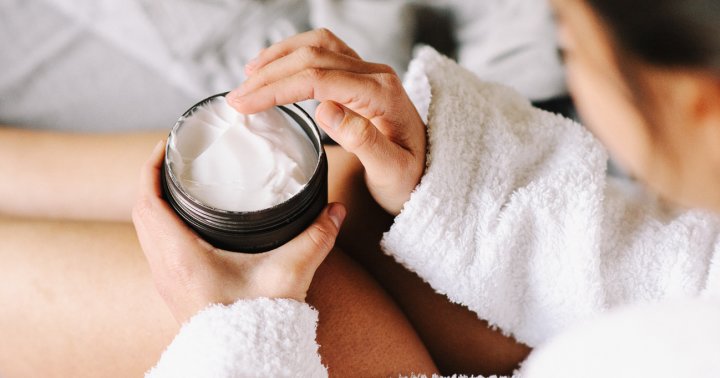












![Run An Ecommerce SEO Audit in 4 Stages [+ Free Workbook]](https://api.backlinko.com/app/uploads/2025/06/ecommerce-seo-audit-featured-image.png)









